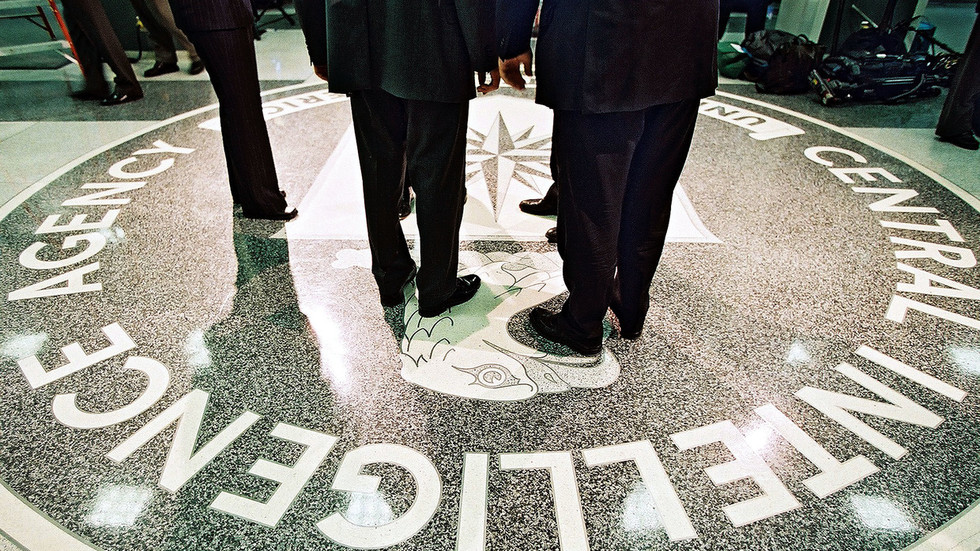There’s something that unites the recent documentaries “Faye” and “Elizabeth Taylor: The Lost Tapes.” It isn’t just that both played on HBO — “Faye” launched in July, while “Elizabeth Taylor” is to premiere August 3 — or that both center the stories of legendary, Oscar-winning performers. Faye is, of course, Faye Dunaway, of “Network” and “Chinatown,” while Elizabeth Taylor, one of the most decadently media-hounded figures of the 20th Century, practically needs no introduction at all.
What the films share, though, is a poignant and sometimes painful double yearning. In the documentaries, Dunaway — still with us at age 83, and interviewed recently for this film — and Taylor — who died in 2011 but whose “lost tapes” catalogue an extensive 1964 debriefing with journalist Richard Meryman — both express doubt, anxiety and even shame for career missteps, misbegotten projects and the ways in which their private troubles played out in public view. The viewer feels for them, first because they are human, and then because their manner of expressing their emotions is so extravagantly more than human. That’s the other yearning at the heart of these documentaries: a sense that the culture can no longer produce great actresses who are, too, stars who glitter quite this brightly.
Both films, happily, are stuffed full of film clips, and both give a sense of their respective subjects’ styles. In director Laurent Bouzereau’s curation in “Faye,” Dunaway, at her best, uses a bracing sense of control in order to shock the viewer all the more when she snaps in grand fashion. (The famous photograph of her the morning after winning her Oscar — used as the featured image in this column — in which she’s gazing into the middle distance, is a supreme example of her powers: We’re seeing, through exhaustion and exhilaration, a woman in utter control of the image she wants to present.) In interviews with the press, Dunaway, while seeming to hold her feelings back, has a relentless erudition and quickness that makes clear just how much of herself was in “Network’s” brilliant executive, or “Chinatown’s” tricky femme fatale. Her interview for the documentary feels like a sort of letting-go, an unburdening of thoughts she might have withheld from the press to this point. But the clarity of thought remains intact.
Meanwhile, filmmaker Nanette Burstein shows Taylor, for all the outsizedness of her fame, carrying herself on screen with a funny self-deprecation, a shrewdness that feels decades ahead of her time. We’re told that Taylor was 32 when she played the fiftysomething Martha in “Who’s Afraid of Virginia Woolf?,” and while her physical transformation for the role is indeed impressive, it’s the changes to her soul and bearing — her willingness to flaunt her signs of age in a sort of ironic self-deprecation — that feels most remarkable.
And both actors are startingly open about career and personal setbacks they faced, including the public’s coming to pigeonhole them. Dunaway speaks about her bipolar diagnosis and her struggles with alcohol, both things that derailed her ability to trust her great gift, her clear and precise thinking. (Both, also, led to her outsized reputation as a difficult colleague — her composure giving way to a great break isn’t just something that happened for Dunaway onscreen.) And we also get an unpacking of why “Mommie Dearest” — the infamous bomb that toppled her career — was such a severe disappointment. Dunaway believed she was really finding something sharp and true in her depiction of Joan Crawford as an abusive mother, and lost herself in the role so deeply that she couldn’t find her way, in the absence of a surer directorial hand, to coherence. Others who speak in “Faye,” including her son, are better-situated than is Dunaway to judge why it is that she takes a particular project’s failure so hard. Publicity-shy even despite her doing a sweeping interview toward the end of her life, Dunaway poured her personal setbacks and challenges into her work. To reject it, perhaps, is to reject her.
Meanwhile, Taylor speaks with sharp frankness about, for instance, her dislike of the film “Butterfield 8” (for which she won her first Oscar, which Taylor credits to sympathy for health struggles she was undergoing) and the dramas of filming “Cleopatra,” which she shot with Richard Burton, one of the loves of her life. Taylor and Burton — two stars of exaggerated appetites, talents and passions — strode atop the world. But their notoriety came with its own frustrations for someone who’d wanted, first, to tell stories: “It’s a losing game!,” Taylor tells Meryman. “People already have a set image. They want to believe either the good or the bad. And if you try and explain, then you lose yourself along the way.”
And we see Taylor’s performance of herself as someone increasingly willing to display her frustration with the press. Asked, at a joint press conference with Burton, about her relationship with ex-husband Eddie Fisher, Taylor snaps “Do you read the papers, love? I suggest you do,” then rolls her eyes and tosses her head back. Later, she tells a journalist from “60 Minutes” that “fighting is one of the greatest exercises in marital togetherness”; when the journalist asks if Burton dominates her in their marriage, she widens those famous eyes and blurts “You must be joking!” That it seems almost like an impulse, rather than the ongoing press approach of someone eager to communicate her weariness with the press’ rapaciousness, is a sign of just how gifted an actress Taylor was.
“Elizabeth Taylor: The Lost Tapes” constructs, methodically, a case for Taylor as a genius both of performing onscreen and at performing for a sort of media that no longer exists. Both Dunaway, an actress who made a point of revealing as little as possible, and Taylor, one who was willing to give it all away — but with a wink that made the consumer aware that she saw herself being consumed — existed in a media climate both rougher and more predictable than today’s.
That media climate was cruel and heartbreaking to those who became its subjects; it also made legends. No one, likely, would trade today’s way of writing about actresses, for all its flaws, for the way Dunaway and Taylor were written about. And yet other aspects of the culture were better-situated to create legends. Dunaway, reflecting, begins to see, in the work she made, an impact on the world; Taylor leveraged her fame not merely for movieland success but for charitable pursuits astounding in their magnitude and timeliness. (In an exceptional clip in the Taylor documentary, Taylor explains why she began fundraising for the fight against AIDS: Few were speaking out or doing anything, and, she says, “it so angered me that I thought, ‘Bitch, do something yourself!’”)
We don’t make stars the way we did in Dunaway and Taylor’s era these days. And that’s a good thing. But, for all the ascendant actors who compel in their own ways, watching these women, in two very strong entries in the celebrity-tells-all canon, can convince a viewer, for a moment, that we don’t, anymore, make them at all.
“Elizabeth Taylor: The Lost Tapes” premieres on HBO and Max on Aug. 3; “Faye” is streaming on Max.
.png)









 English (US) ·
English (US) ·